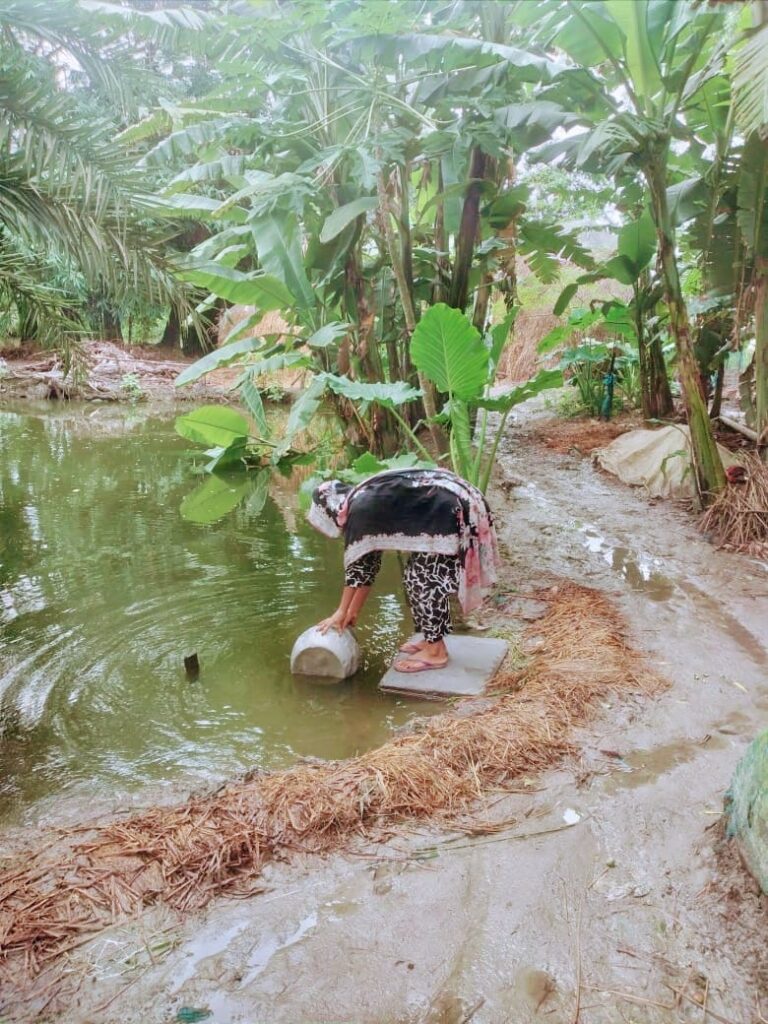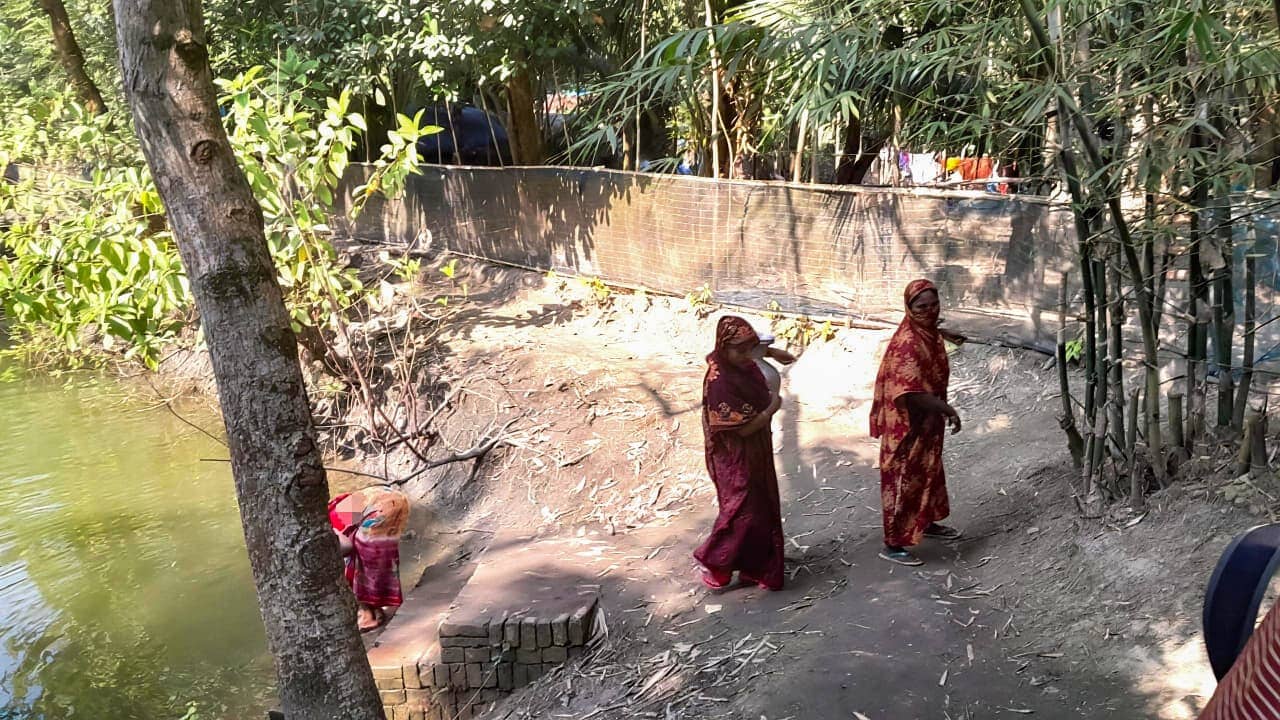Children laugh as they run along the narrow paths between rice fields. Fishermen return with their nets at dawn. Life in the villages seems tranquil at first glance, but the harsh reality becomes clear when you ask for a simple glass of water. In the southwestern coastal region of Bangladesh, salt is not just a feature of the ocean; it contaminates the wells, taints the ponds, and dissolves the hopes of the people. This persistent challenge speaks volumes about the struggles they face, forcing them to grapple with the very essence of their survival. Slowly and steadily, saltwater is replacing the freshwater that these communities once depended on for drinking.
What’s at the core of the water crisis in coastal Bangladesh?
Saline water is gradually encroaching inland in coastal Bangladesh due to rising sea levels, diminished river flow, and the expansion of shrimp farming. This phenomenon allows saltwater to infiltrate the land and underground water sources. Known as groundwater salinization, this process occurs when salty seawater contaminates the freshwater stored in aquifers which is a layer of rock or soil underground that holds water, which are usually extracted using a hand pump known as tube well in Bangladesh. Consequently, common water sources, such as tube wells and ponds become saline, rendering it more challenging for the local people to obtain clean and safe drinking water.
What motivated my visit?
Saline water poses serious health risks, including high blood pressure, heart disease, and kidney problems. To address this, the Non Communicable Diseases team at icddr,b, under the NIHR Global Health Research Centre, is developing low-cost, community-driven solutions for safe drinking water.
As part of our team’s field visit, I traveled to Koyra in Khulna, near the Sundarbans, to explore how local communities manage their drinking water needs. During the visit, I had the opportunity to engage with a few families and learn about their challenges face with access to safe drinking water. Their experiences revealed not only the daily struggles of securing potable water but also underscored the urgent need for sustainable and safe water solutions for the region.
The Long Walk for a Sip
During my visit, I stopped by a household to learn about their water sources. I noticed a tube well in the yard and was told by the homeowner that they use it for drinking. He was sharing some details about the tube well’s condition and usage. Then I noticed, a woman entered the yard carrying a heavy water pot on her waist. Curious, I asked her where the water was from and why she was collecting it when there was a tube well right there. She put down the pot, wiped her sweat, and gave a gentle smile. Then she replied,
“We don’t cook rice with tube well water. It makes the rice dark. I collect pond water for cooking.”
I asked her, “Do you drink water from the tube well?” She said,
“We use it for cleaning purposes. The tube well water is salty. I prefer rainwater, but we only have it during the monsoon season because we don’t have large containers to store it.”
Her name was Khadija.
Though Khadija spoke calmly, her words revealed the hidden struggles many families face. Having a tube well at the yard does not always mean it meets their drinking needs. Every day, she walks long distances carrying 15-liter pots of pond water, a routine shared by many women in coastal areas who quietly endure this hardship to provide usable water for their families.

Her story also highlights the seasonal nature of local water sources and the challenges of relying on rainwater, which is only available during certain months of the year, and the unaffordability of large containers prohibits them from securing safe drinking water year-round. As a result, many families depend on pond water, which often requires walking about 500 meters every day. Although there are abandoned ponds in the neighborhood, not all are safe for drinking. A few are protected, rain-fed, and dug deep to store enough water to last longer.
For communities in the coastal areas, drinking water is not just a basic need, it has become a luxury that requires tremendous physical effort and daily sacrifice. Many, especially women, spend hours walking long distances carrying heavy loads just to meet their families’ needs. This exhausting struggle is a part of their everyday reality.
Woman collecting water from an unprotected pond (Photo curated by Mahabuba Hasan Lima)
Clean water should never be a privilege for a few; it is a fundamental human right that everyone deserves. Access to safe and reliable drinking water must become a reality for every family, in every community, so no one has to endure this hardship just to quench their thirst or prepare a simple meal.
——————————————————
This blog was authored by Mahabuba Hasan Lima
About the author:
Mahabuba Hasan Lima- Mahabuba is a Senior Research Assistant at the NIHR Global Health Research Centre for Non-Communicable Diseases and Environmental Change. A vital member of the NIHR Bangladesh team within the Non-Communicable Diseases Department at icddr,b, her work focuses on the critical issues of water security and quality, particularly the impact of water salinity in coastal Bangladesh. With a Master’s degree in Water Resources Development and over six years of research experience, Mahabuba is committed to promoting gender-inclusive water management to ensure equitable access to safe and sustainable drinking water for underserved communities.
This research was funded by the NIHR (Global Health Research Centre for Non-communicable Diseases and Environmental Change) using UK international development funding from the UK Government to support global health research. The views expressed in this publication are those of the author(s) and not necessarily those of the NIHR or the UK government.






